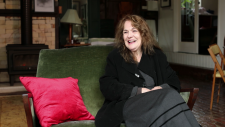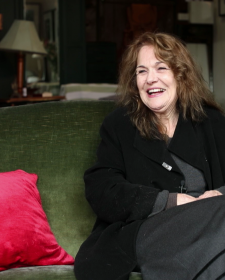I remember when I was very young and still a teenager and doing some work in the darkroom. It was really the first time [that] time disappeared for me, you know; I was so excited about doing it.
Most people, even people who are really well known and photographed all the time, feel a bit vulnerable. It’s incredibly easy to take a horrible picture of somebody where they look really tense and they don’t look like themselves. So, I guess I’m interested in people being comfortable. And I’m interested in, not the eyes that are uncomfortable and’ how I’m going to look’, I’m interested in the eyes that try to get some sort of straight gaze where at least you have the impression that you’re contacting the essence of that person. I mean, there was a phrase that I quite used to like, which was Buddha Nature, which means, you know, like that in you which doesn’t change. Obviously, it can be damaged, but you can take pictures of quite small children. And you know that there’s something in that photograph that if you came back 50 years later, there would be still the same thing in it. And that’s sort of, I guess, what I’m interested in, really.
Taking photographs is a bit like a temporary infatuation for me. Because I’m not interested in taking awkward pictures of somebody. So it’s a bit like, you know, that process when you fall in love with somebody, they do one thing, into that one thing you attach all these qualities which they don’t have, they just do that one thing. But you don’t want to show somehow … you don’t want to see the bad things in that state. You just put all the good things together. I’ve taken photographs of people who have looked at them afterwards and I’ve thought, yes, the person who’s in love with him sees him like that.













